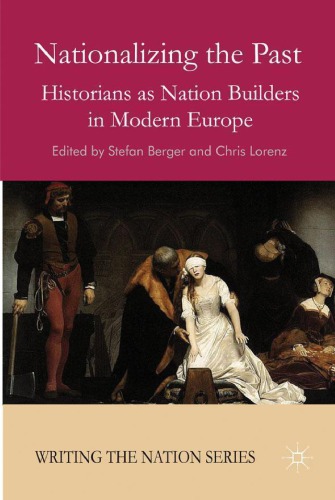

Most ebook files are in PDF format, so you can easily read them using various software such as Foxit Reader or directly on the Google Chrome browser.
Some ebook files are released by publishers in other formats such as .awz, .mobi, .epub, .fb2, etc. You may need to install specific software to read these formats on mobile/PC, such as Calibre.
Please read the tutorial at this link: https://ebookbell.com/faq
We offer FREE conversion to the popular formats you request; however, this may take some time. Therefore, right after payment, please email us, and we will try to provide the service as quickly as possible.
For some exceptional file formats or broken links (if any), please refrain from opening any disputes. Instead, email us first, and we will try to assist within a maximum of 6 hours.
EbookBell Team

4.7
106 reviewsAlthough professional historians have traditionally claimed to be 'myth-breakers', national history from the Nineteenth century onwards shows that they have quite a record in 'myth-making'. This tension between myth-making and breaking is actually still with us today. This volume makes a truly comparative and transnational analysis of how some of the most important national historians in Europe have handled the opposing pulls of fact and fiction and which narrative strategies have contributed to the success of national histories. What role did the narrative framing of beginnings, middles and endings of national histories play? How were continuities and discontinuities constructed? How did the discourse of 'the nation' integrate narratives of ethnicity, race, class, religion and gender? This volume also shows how Twentieth century dictatorships have influenced the ways in which the past has been 'nationalized' by historians and asks whether national history as a genre still has a future in the Twenty-first century.
Abstract: Historians traditionally claim to be myth-breakers, but national history since the nineteenth century shows quite a record in myth-making. This exciting new volume compares how national historians in Europe have handled the opposing pulls of fact and fiction and shows which narrative strategies have contributed to the success of national histories.